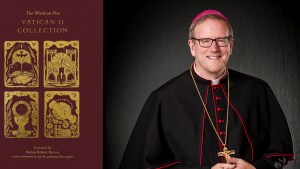The Second Vatican Council remains one of the most highly misunderstood events in the Catholic Church’s history. Many talk about it, but few know what is written in the actual documents of the Council.
This is unfortunate, as the documents provide a blueprint for renewal in the Church that grows organically from the past. The documents reveal not a complete “break” with tradition, as many claim, but a much richer understanding of the Church’s life.
Guidelines for renewal of the liturgy
For example, in Sacrosanctum Concilium, the Council’s document on the liturgy, there are guidelines for how this renewal was meant to take place.
[T]here must be no innovations unless the good of the Church genuinely and certainly requires them; and care must be taken that any new forms adopted should in some way grow organically from forms already existing.
SC, 23
The document further explains that the renewal of the liturgy should be done with the theme of “noble simplicity.”
The rites should be distinguished by a noble simplicity; they should be short, clear, and unencumbered by useless repetitions; they should be within the people’s powers of comprehension, and normally should not require much explanation.
SC, 34
Promotion of liturgical instruction of the laity
The document also points out that the lay faithful need to be taught the beauty of the liturgy and their important role in the Mass.
With zeal and patience, pastors of souls must promote the liturgical instruction of the faithful, and also their active participation in the liturgy both internally and externally, taking into account their age and condition, their way of life, and standard of religious culture. By so doing, pastors will be fulfilling one of the chief duties of a faithful dispenser of the mysteries of God; and in this matter they must lead their flock not only in word but also by example.
SC, 19
The faithful need to know how to actively participate in the liturgy, both “internally and externally.”
This requires a careful study of the history of the liturgy, its biblical roots and how the faithful participate in the Mass when sitting in the pews.
Above all, if you truly want to understand Vatican II, start by reading the documents and discovering the rich renewal ushered by the Church that is still being implemented almost 60 years later.



